Home>Garden Essentials>When Should A Late Fall Fertilizer Application Be Made To Cool Season Turf Grass
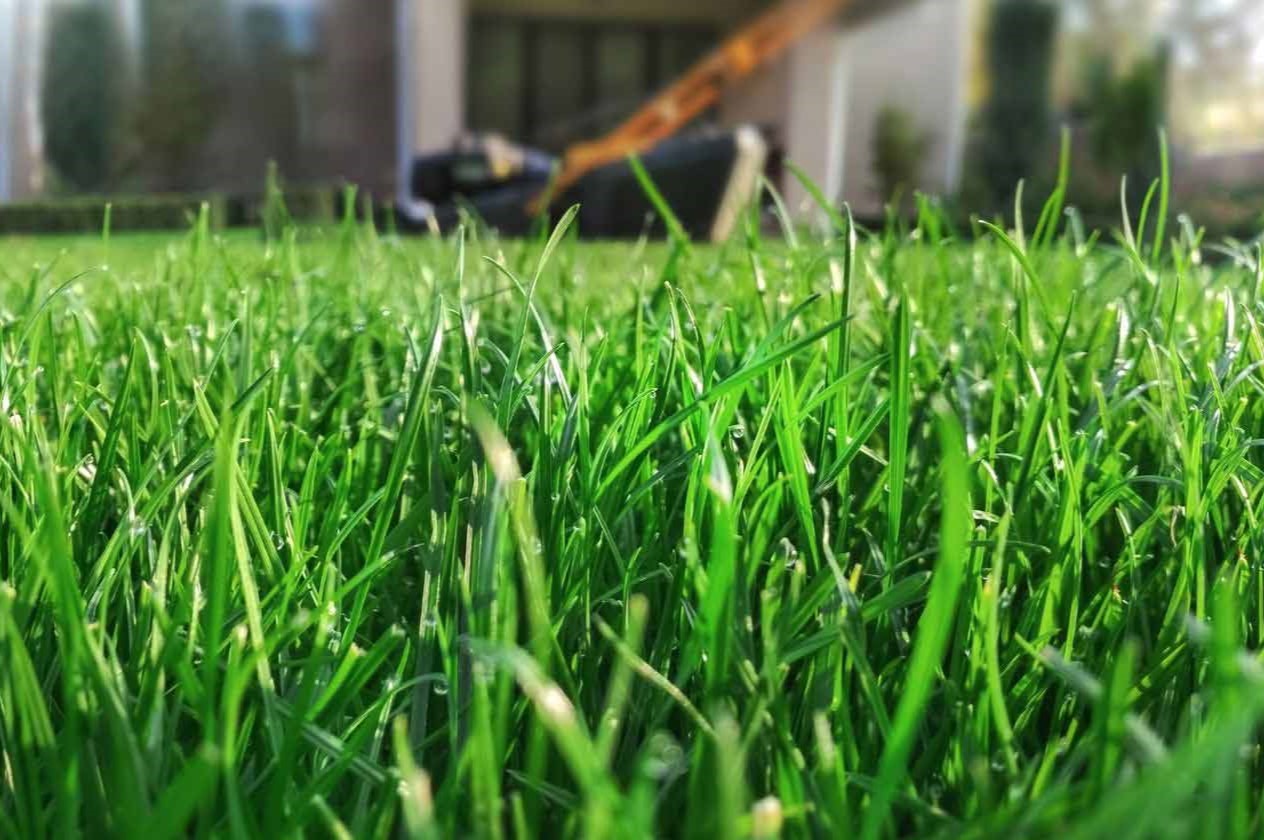

Garden Essentials
When Should A Late Fall Fertilizer Application Be Made To Cool Season Turf Grass
Modified: October 20, 2024
Learn when to apply late fall fertilizer to cool season turf grass in your garden for optimal results and healthier growth.
(Many of the links in this article redirect to a specific reviewed product. Your purchase of these products through affiliate links helps to generate commission for Storables.com, at no extra cost. Learn more)
Introduction
As the cool breeze of autumn fills the air and the leaves begin to change color, gardeners and homeowners may wonder: Is it too late to fertilize my cool-season turf grass? The answer is no. Late fall, specifically the period between October and November, is a crucial time for applying fertilizer to cool-season turf grass. While many people associate fertilization with the spring and summer months, a late fall application can provide numerous benefits to your lawn.
Before we delve into the details of late fall fertilizer application, let’s understand what it entails. Late fall fertilizer application is the process of feeding your cool-season turf grass with nutrients that will help it withstand the harsh winter conditions and encourage healthy growth in the following spring. This practice helps replenish essential nutrients that may have been depleted during the active growing season, ensuring that your lawn remains strong and vibrant throughout the year.
When deciding whether to apply late fall fertilizer, there are several factors to consider. Firstly, you need to take into account the specific type of cool-season turf grass in your lawn. Different grass varieties have varying nutritional needs, so it is essential to choose a fertilizer that is specifically formulated for your grass type. Additionally, your location and climate play a significant role in determining the ideal time for late fall fertilization. Areas with milder winters may have a longer window for applying fertilizer, whereas regions that experience early snowfall or harsh freezing temperatures may require earlier applications.
Now that we understand the basics of late fall fertilizer application and the factors to consider, let’s explore the benefits of this practice. One of the key advantages is that late fall fertilization strengthens the roots of your turf grass. As the grass prepares for winter dormancy, an application of fertilizer provides it with the necessary nutrients to develop strong and resilient roots. This extra nourishment enables the grass to better withstand cold and freezing temperatures, reducing the risk of winter damage and ensuring a healthier lawn in the spring.
Furthermore, late fall fertilizer application helps to promote optimal nutrient storage in the grass plants. During winter, the grass goes into a dormant state, and it uses the stored nutrients to sustain and repair itself. By providing the lawn with a late fall dose of fertilizer, you are ensuring that it has an ample supply of essential nutrients to draw from during the winter months, leading to faster recovery and improved growth in the spring.
Another benefit of late fall fertilization is weed prevention. When your turf grass is properly fed with the right nutrients, it becomes thicker and healthier, creating a dense turf that naturally inhibits weed growth. Furthermore, applying fertilizer in late fall helps to suppress weed germination and development, preventing weed seeds from taking root and establishing themselves in your lawn.
Now that we have explored the benefits of late fall fertilizer application, let’s delve into the best practices for applying fertilizer to cool-season turf grass during this time. By following these guidelines, you can ensure that your lawn receives the maximum benefits from the fertilizer application.
Key Takeaways:
- Late fall fertilizer application strengthens grass roots, prevents weeds, and enhances winter hardiness, ensuring a vibrant and resilient lawn in the spring.
- Consider grass type, climate, and soil conditions before applying late fall fertilizer to maximize its benefits and avoid common mistakes for a healthy lawn.
Understanding Late Fall Fertilizer Application
Late fall fertilizer application is a critical practice for maintaining the health and vitality of cool-season turf grass. By understanding the specifics of this process, you can make informed decisions on when and how to apply fertilizer to your lawn.
During the fall season, cool-season turf grasses enter a phase of active growth and nutrient uptake. This growth stage, known as the “fall recovery period,” is when the grass is actively storing carbohydrates and other essential nutrients to prepare for the dormant winter months. Late fall fertilizer application capitalizes on this period of growth and helps to fortify the grass before it goes dormant.
The key nutrients typically found in late fall fertilizers are nitrogen (N), phosphate (P), and potash (K). Nitrogen is responsible for promoting leaf and shoot growth, as well as enhancing the overall green color of the grass. Phosphate aids in root development and strengthens the plant’s ability to absorb nutrients from the soil. Potash enhances the grass’s ability to tolerate stress, such as cold temperatures and disease.
When choosing a late fall fertilizer, it’s important to select one with a higher percentage of nitrogen compared to the other nutrients. This is because nitrogen is the primary nutrient needed to boost growth and nutrient storage during this time. Look for a fertilizer with a ratio of nitrogen to phosphate to potash (N:P:K) of around 3:1:2 or 4:1:2.
The timing of the late fall fertilizer application is crucial. It is recommended to apply the fertilizer when the grass is actively growing but has slowed down its growth rate. This is typically around late October or early November, depending on your region and climate. Applying the fertilizer too early may result in excessive growth that is vulnerable to winter damage, while applying it too late may not allow enough time for the grass to utilize the nutrients before going dormant.
Before applying the fertilizer, it’s essential to prepare your lawn properly. Begin by mowing the grass to a slightly shorter height than usual to allow better nutrient penetration. It’s also advisable to remove any debris, such as fallen leaves or grass clippings, as they can hinder the absorption of nutrients and create a barrier between the fertilizer and the soil.
When applying the fertilizer, it’s important to use a spreader to ensure even coverage. Follow the manufacturer’s instructions regarding the application rate, as over-fertilizing can result in burning the grass and may have detrimental effects on the environment. Pay close attention to any adjacent areas, such as sidewalks or driveways, to prevent fertilizer runoff.
After spreading the fertilizer, it’s crucial to water the lawn thoroughly. This will help to activate the fertilizer and allow the nutrients to reach the root zone. Aim to provide approximately 1 inch of water, either through rainfall or irrigation, within the first few days of application.
By understanding the intricacies of late fall fertilizer application, you can ensure that your cool-season turf grass receives the nutrients it needs to thrive during the winter months and emerge healthy and vibrant in the spring.
Factors to Consider Before Applying Late Fall Fertilizer
Before applying late fall fertilizer to your cool-season turf grass, there are several factors to consider. These factors will help you determine the right timing, fertilizer type, and application rate to ensure the best results for your lawn.
1. Grass Type and Health: Different cool-season turf grasses have varying nutrient requirements. Before applying fertilizer, identify the specific grass type in your lawn, such as Kentucky bluegrass, tall fescue, or perennial ryegrass. Each grass type may have unique needs, so it’s important to choose a fertilizer that matches the specific requirements of your grass variety. Additionally, assess the overall health of your lawn. If your grass is weak or damaged, it may require additional fertilization to restore its vitality.
2. Climate and Region: Consider the climate and region where you live. Cooler regions may experience frost and freezing temperatures earlier in the fall, which may require an earlier application of late fall fertilizer. Warmer regions with milder winters may have a longer window for applying fertilizer. Consult with local gardening experts or extension offices to determine the best timing based on your specific region.
3. Soil Conditions: Assess the current state of your soil. Conduct a soil test to determine the pH level and nutrient composition. Soil pH affects nutrient availability to the grass, and adjusting it accordingly can optimize fertilizer absorption. The soil test will also provide insights into any potential nutrient deficiencies or imbalances, allowing you to select a fertilizer with the appropriate nutrient content.
4. Grass Growth Stage: Late fall fertilizer should be applied when the grass is in a slower growth phase. Applying it too early, when the grass is actively growing, may result in excessive foliage growth that is susceptible to winter damage. Likewise, applying it too late may not allow enough time for the grass to absorb and utilize the nutrients before going dormant. Monitor the growth rate of your grass and look for signs of the growth slowing down before applying the fertilizer.
5. Previous Fertilization: Consider the timing and type of fertilizer you applied during the spring and summer months. If you utilized a slow-release fertilizer with a long-lasting effect, it may still be providing nutrients to your lawn. In such cases, a late fall application may be unnecessary or require adjustments in the fertilizer formulation and application rate. Take into account the residual effects of previous fertilization when determining the need for additional late fall fertilizer.
6. Environmental Factors: Evaluate the weather forecast and environmental conditions before applying late fall fertilizer. Ideally, choose a day with mild temperatures and calm winds to prevent the fertilizer from drifting and causing damage to other plants or surfaces. Avoid applying fertilizer before heavy rainfall, as excessive water can wash away the nutrients and reduce the effectiveness of the application.
By considering these factors, you can make informed decisions about the timing, type, and application rate of late fall fertilizer. Taking these variables into account will help ensure that your cool-season turf grass receives the nutrients it needs to thrive during the winter months and emerge healthy and vibrant in the spring.
Benefits of Late Fall Fertilizer Application
Late fall fertilizer application offers numerous benefits for cool-season turf grass. By providing the necessary nutrients during this season, you can enhance the health, appearance, and resilience of your lawn. Let’s explore some of the key advantages of applying fertilizer in the late fall.
1. Stronger Root Development: Late fall fertilizer application helps strengthen the root system of your turf grass. As the grass prepares for dormancy, it needs adequate nutrients to develop deep, strong roots. These strong roots provide a solid foundation for the grass and enable it to better withstand the rigors of winter, including freezing temperatures and potential winter damage. Strong roots also contribute to improved nutrient and water absorption, promoting overall lawn health.
2. Enhanced Nutrient Storage: During the winter months, when the grass goes into dormancy, it relies on stored nutrients for sustenance and recovery. Applying late fall fertilizer ensures that your lawn has a sufficient supply of essential nutrients stored in the grass plants. This stored nutrition provides a reserve for the grass to draw from during the winter and promotes faster recovery and growth as spring approaches. Adequate nutrient storage also helps your lawn bounce back quickly from stressors such as heavy foot traffic or disease.
3. Weed Suppression: A well-fed and healthy lawn naturally inhibits weed growth. Late fall fertilizer application helps promote dense turf grass growth, which limits space for weeds to establish themselves. Additionally, some late fall fertilizers contain pre-emergent herbicides that further suppress weed germination and development. By applying fertilizer during the late fall, you can effectively prevent weed seeds from taking root and reduce the weed population in your lawn.
4. Improved Winter Hardiness: Late fall fertilizer strengthens your turf grass’s ability to tolerate winter conditions. By providing the necessary nutrients, such as potassium, late fall fertilization helps the grass withstand freezing temperatures and potential winter damage. It also enhances disease resistance, reducing the risk of winter diseases that can weaken the lawn. A well-nourished lawn going into winter will emerge stronger and healthier in the spring, with fewer issues to address.
5. Enhanced Appearance: Late fall fertilizer application promotes vibrant and lush grass. The additional nutrients, especially nitrogen, contribute to a deeper green color and overall visual appeal. A well-maintained lawn during the fall and winter months can provide an aesthetically pleasing backdrop for your home and landscape, even during a season typically associated with dormancy and dullness.
6. Cost and Time Savings: Investing in late fall fertilizer application can save you time and money in the long run. A healthy and vigorous lawn is less susceptible to damage from pests, diseases, and environmental stressors. By maintaining the health of your lawn through proper fertilization, you can potentially reduce the need for expensive repairs and treatments in the future. Additionally, a well-maintained lawn requires less time and effort for renovation or overseeding in the spring, allowing you to enjoy your outdoor space more quickly.
By utilizing late fall fertilizer application, you can reap these benefits and ensure the long-term health and vitality of your cool-season turf grass. The combination of proper timing, selection of the right fertilizer, and adherence to best practices will result in a vibrant and resilient lawn that will make you proud.
A late fall fertilizer application for cool season turf grass should be made around 4-6 weeks before the ground freezes. This will help the grass store nutrients for the winter and promote healthy growth in the spring.
Best Practices for Applying Late Fall Fertilizer to Cool Season Turf Grass
When it comes to applying late fall fertilizer to your cool-season turf grass, following best practices is crucial to maximize the effectiveness and benefits of your fertilizer application. By adopting these practices, you can ensure optimal nutrient uptake and promote a healthy, vibrant lawn. Here are some key guidelines to keep in mind:
1. Choose the Right Fertilizer: Select a late fall fertilizer that is specifically formulated for cool-season turf grass. Look for a fertilizer with a higher percentage of nitrogen compared to phosphate and potash, as nitrogen is essential for promoting leaf growth and nutrient storage. Consider the specific nutrient requirements of your grass type and any additional needs identified through a soil test.
2. Timing Is Key: Apply the late fall fertilizer when the grass is in a slower growth phase but still actively taking up nutrients. Late October to early November is usually an ideal timeframe for most regions, but adjust the timing based on your specific climate and grass growth patterns. Applying fertilizer too early can result in excessive growth that is vulnerable to winter damage, while applying it too late may not allow enough time for the grass to utilize the nutrients effectively.
3. Prepare the Lawn: Before applying the late fall fertilizer, prepare your lawn properly. Mow the grass slightly shorter than usual, but avoid scalping it, as this can stress the lawn. Remove any leaves or debris that may hinder the absorption of nutrients and create a barrier between the fertilizer and the soil. Ensuring a clean and well-prepared surface allows for better penetration and nutrient uptake.
4. Utilize a Spreader: Use a spreader to apply the late fall fertilizer evenly across the lawn. This ensures uniform coverage and prevents over- or under-application in specific areas. Calibrate the spreader according to the manufacturer’s instructions to achieve the recommended application rate. Proper spreading minimizes the risk of burning the grass or causing uneven growth due to fertilizer concentration variations.
5. Water Thoroughly: After applying the late fall fertilizer, water the lawn thoroughly. This step activates the fertilizer and helps the nutrients reach the root zone of the grass. Aim to provide approximately 1 inch of water, either through rainfall or irrigation, within a few days of application. Adequate watering ensures proper dissolution and absorption of the nutrients, increasing their effectiveness.
6. Follow Safety and Environmental Guidelines: When applying late fall fertilizer, follow all safety instructions provided by the manufacturer. Wear protective gear, such as gloves and eyewear, to prevent any potential irritation or allergic reactions. Be mindful of adjacent areas, such as sidewalks or driveways, to avoid fertilizer runoff. Consider environmental concerns and take precautions to prevent fertilizer from reaching bodies of water or sensitive plantings.
7. Monitor and Maintain: Monitor the progress of your lawn after the late fall fertilizer application. Keep an eye on any changes in growth, color, or overall health. If necessary, supplement the late fall application with additional spot treatments or adjustments in fertilizer types or rates. Regular maintenance, including proper mowing, watering, and pest control, will also contribute to the overall health and appearance of your lawn.
By following these best practices, you can ensure that your late fall fertilizer application is effective and beneficial for your cool-season turf grass. A well-timed and properly executed fertilizer application will help fortify your lawn, ensuring it thrives during the winter months and emerges lush and vibrant in the spring.
Read more: How Late To Plant Grass Seed In Fall
Common Mistakes to Avoid when Applying Late Fall Fertilizer
While applying late fall fertilizer to your cool-season turf grass can provide numerous benefits, it’s important to avoid common mistakes that can diminish the effectiveness of the fertilizer application or even harm your lawn. By being aware of these mistakes and taking steps to avoid them, you can ensure a successful late fall fertilizer application and promote the health of your lawn. Here are some common mistakes to avoid:
1. Overfertilizing: One of the most common mistakes is applying too much fertilizer to the lawn. Overfertilizing can lead to excessive growth, nutrient imbalances, and potential damage to the grass. Always follow the recommended application rate provided by the manufacturer and resist the temptation to apply more fertilizer, thinking it will provide better results. More is not always better when it comes to fertilization.
2. Underwatering or Overwatering: Proper watering is essential after applying late fall fertilizer. Underwatering can result in inadequate activation of the fertilizer, limiting nutrient absorption and effectiveness. On the other hand, overwatering can cause nutrient runoff and wash away the fertilizer before it can be fully utilized by the turf grass. Aim for consistent and adequate watering, providing around 1 inch of water within a few days of application.
3. Applying Fertilizer to Wet Grass: Applying fertilizer to wet grass can lead to clumping and uneven distribution, resulting in patchy growth. Avoid fertilizing immediately after rainfall or when the grass is excessively wet. Ensure that the grass is dry before applying the fertilizer to allow for a more even spread and better absorption.
4. Ignoring Soil Test Results: Conducting a soil test prior to applying late fall fertilizer provides valuable insights into the nutrient composition and pH level of your soil. By ignoring the test results, you may fail to address specific nutrient deficiencies or imbalances in your lawn. Tailor your fertilizer selection and application to the specific needs identified in the soil test to optimize nutrient uptake by the grass.
5. Applying Fertilizer to Dormant or Stressed Grass: Late fall fertilizer should be applied when the grass is still actively growing but has slowed down its growth rate. Avoid applying fertilizer to dormant or stressed grass, as it may not be able to fully absorb and utilize the nutrients. Applying fertilizer too early, before the grass has entered its fall growth phase, can result in wasted nutrients and potentially harm the grass.
6. Not Calibrating the Spreader: Using a spreader to apply the fertilizer ensures even coverage and prevents over- or under-application. However, failing to calibrate the spreader according to the recommended settings can lead to uneven distribution and varying concentrations of the fertilizer. Always follow the manufacturer’s instructions and adjust the spreader settings accordingly to achieve consistent application across the entire lawn.
7. Applying Fertilizer to Frozen Soil: Late fall fertilizer should not be applied if the ground is frozen or if freezing temperatures are imminent. Frozen soil makes nutrient absorption difficult, limiting the effectiveness of the fertilizer. Wait for a period of thawing before applying the late fall fertilizer to ensure proper uptake by the grass.
By avoiding these common mistakes, you can ensure that your late fall fertilizer application is effective and beneficial for your cool-season turf grass. Adhering to proper application techniques, considering soil needs, and following recommended guidelines will help promote a healthy, vibrant lawn that can withstand the rigors of winter and thrive in the coming spring.
Conclusion
Late fall fertilizer application is a vital practice for maintaining the health and resilience of cool-season turf grass. By understanding the importance of late fall fertilization and following best practices, you can ensure that your lawn is equipped to withstand the harsh winter conditions and emerge vibrant and healthy in the spring.
Applying fertilizer during the late fall provides several key benefits. It strengthens the root system, enhances nutrient storage, suppresses weed growth, improves winter hardiness, and enhances the overall appearance of the lawn. By fortifying the grass with essential nutrients, you create a foundation for a lush and resilient lawn that will make your outdoor space more enjoyable.
Before applying late fall fertilizer, consider factors such as grass type, climate, soil conditions, and grass growth stage. Understanding these variables will help you determine the right fertilizer type, timing, and application rate for your specific lawn needs. Additionally, adopting best practices, such as choosing the right fertilizer, adequately preparing the lawn, using a spreader for even distribution, and properly watering, will maximize the effectiveness of your fertilizer application.
Avoid common mistakes such as overfertilization, inadequate watering, applying fertilizer to dormant grass, and neglecting soil test results. By sidestepping these errors, you can ensure that your late fall fertilizer application yields the desired results without harming your lawn.
Late fall is a critical time for cool-season turf grass, and proper fertilizer application plays a significant role in its health and vitality. By investing time and effort into late fall fertilization, you are setting the stage for a vibrant and resilient lawn that will make your outdoor space a haven of beauty and enjoyment.
So take the opportunity to nourish your lawn this late fall and reap the benefits in the coming seasons. Your cool-season turf grass will thank you with its lush green color, strong root system, and overall robustness that will enhance the beauty of your home and landscape.
Frequently Asked Questions about When Should A Late Fall Fertilizer Application Be Made To Cool Season Turf Grass
Was this page helpful?
At Storables.com, we guarantee accurate and reliable information. Our content, validated by Expert Board Contributors, is crafted following stringent Editorial Policies. We're committed to providing you with well-researched, expert-backed insights for all your informational needs.
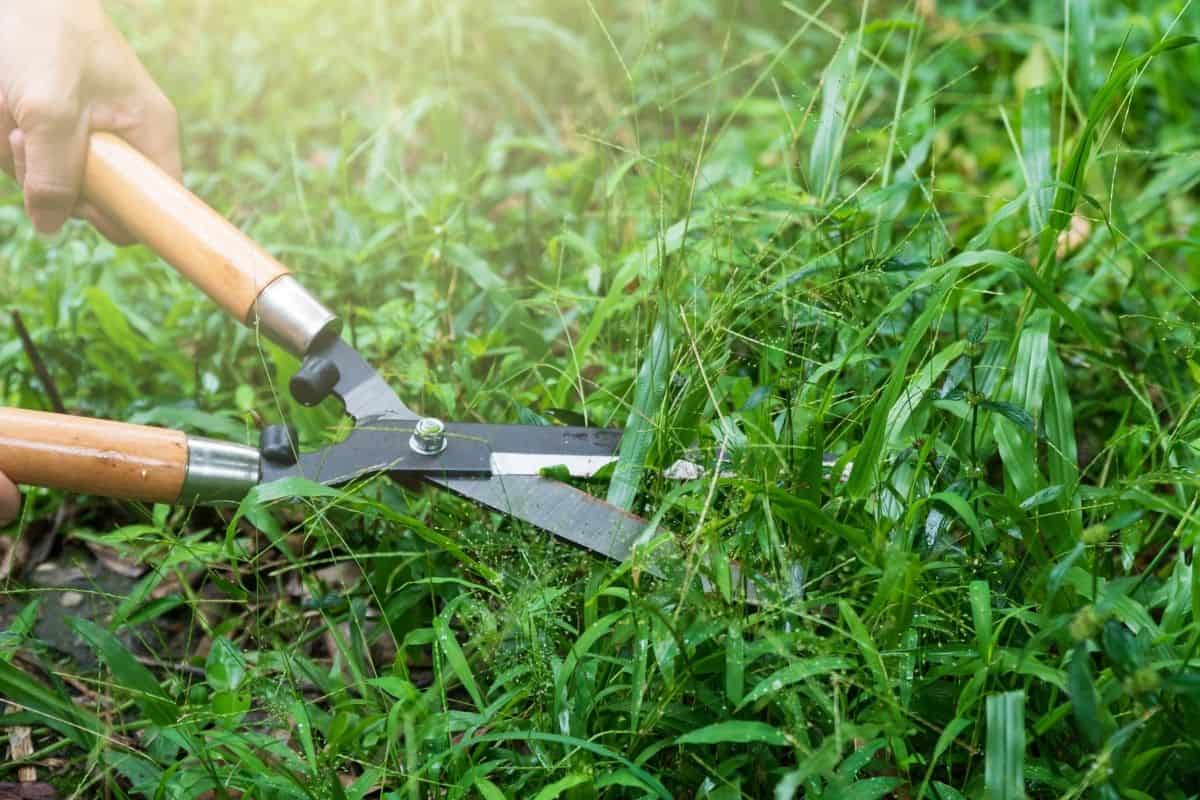
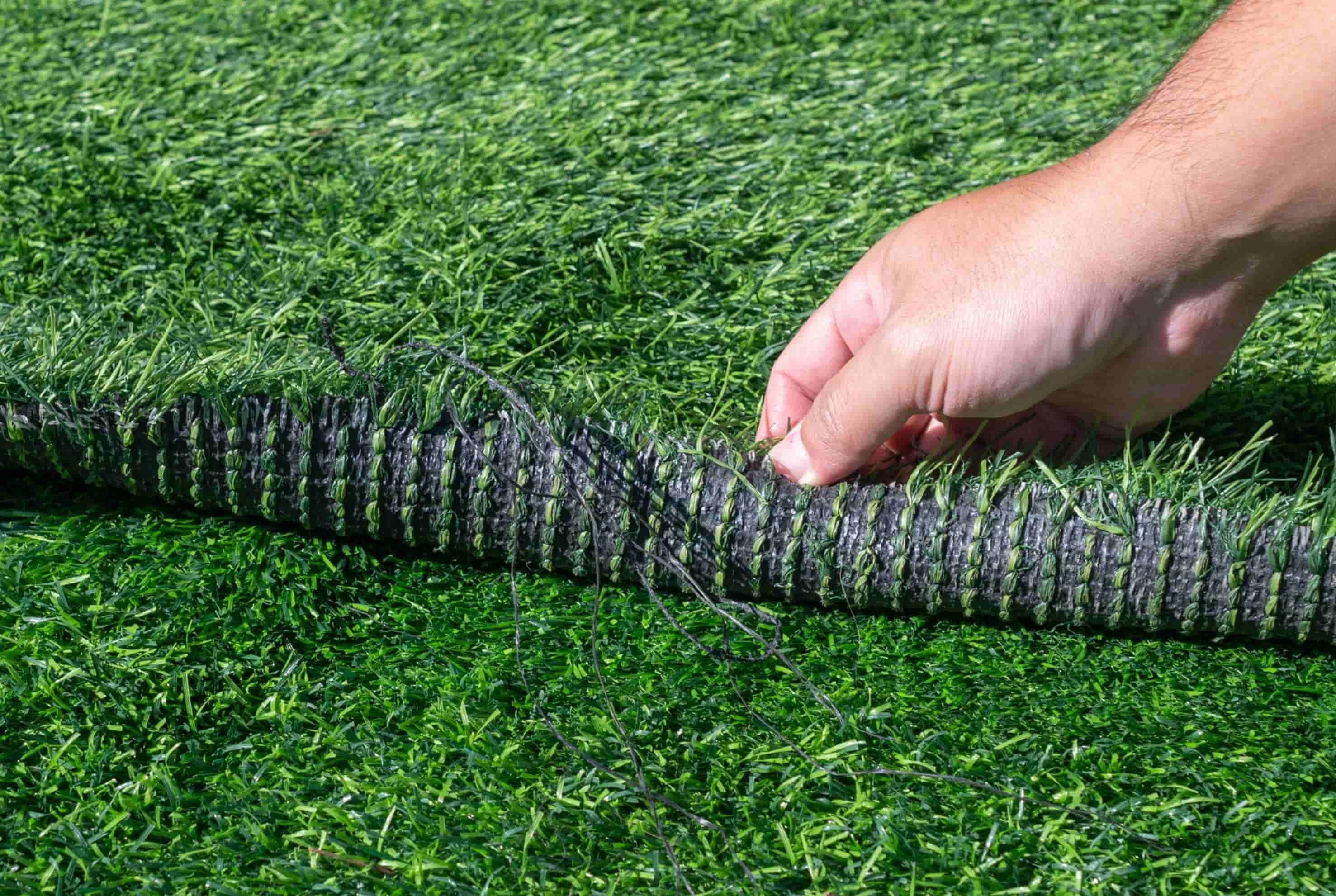
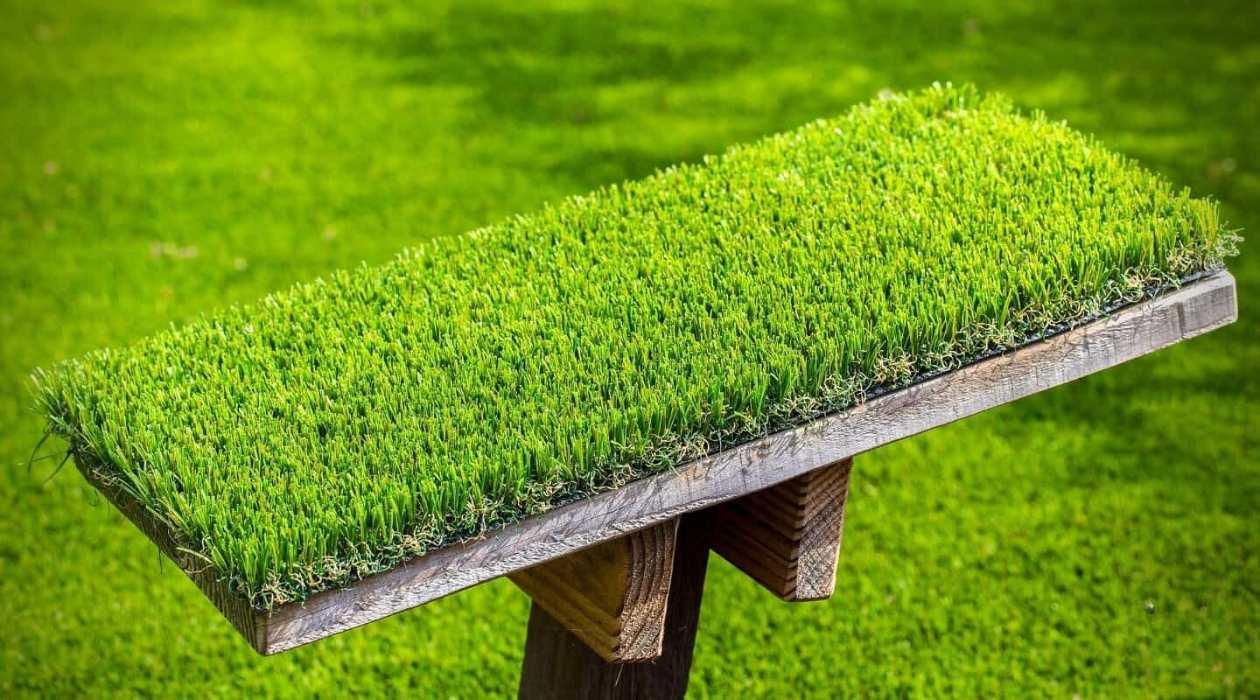
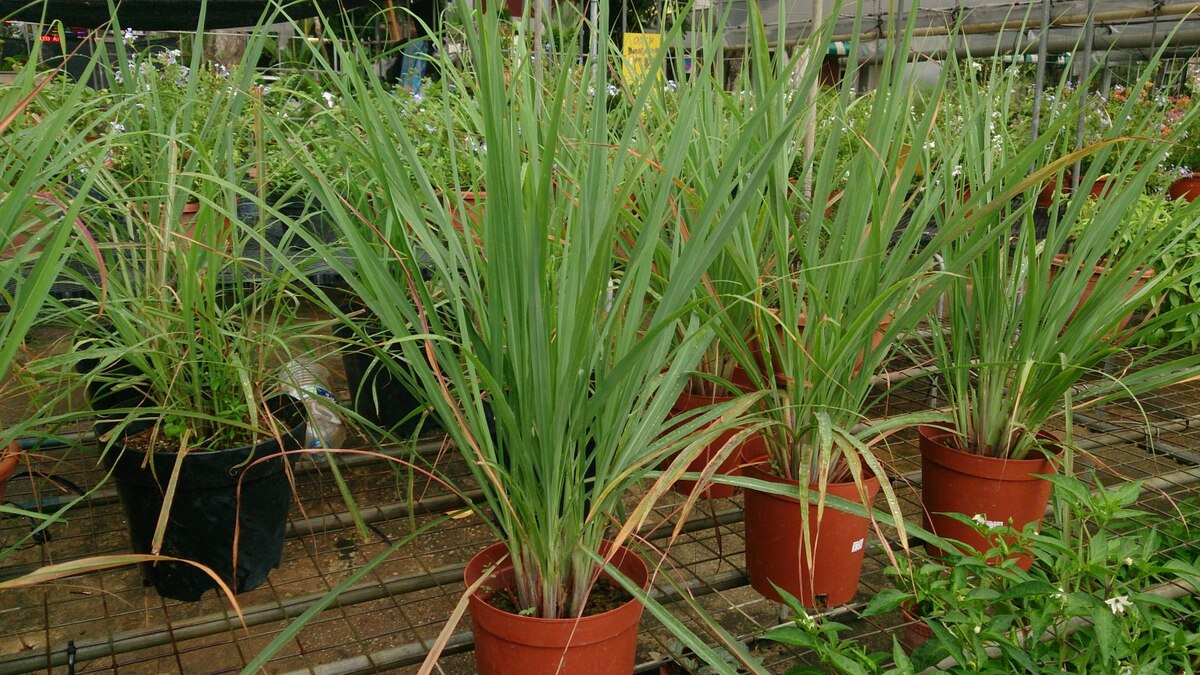
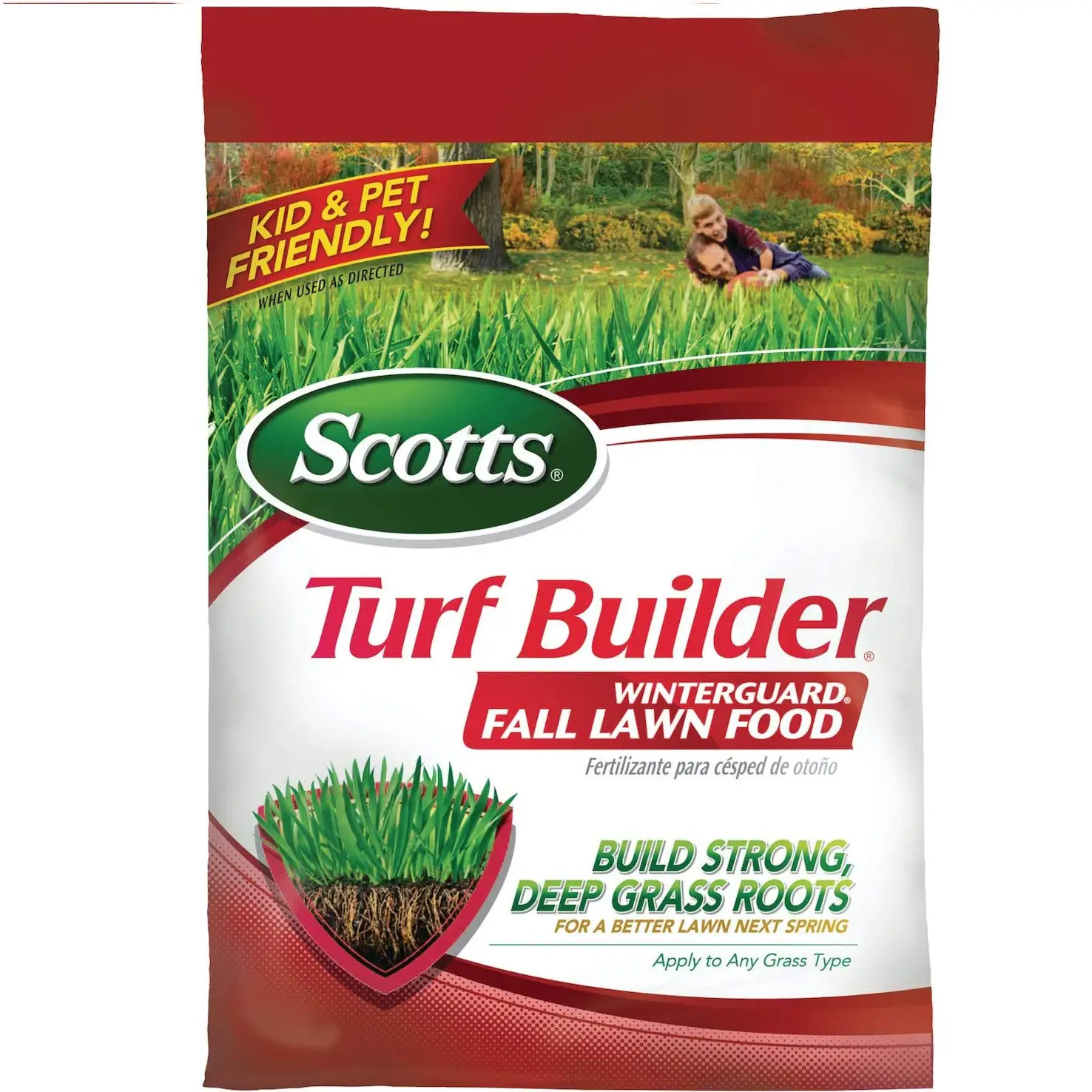
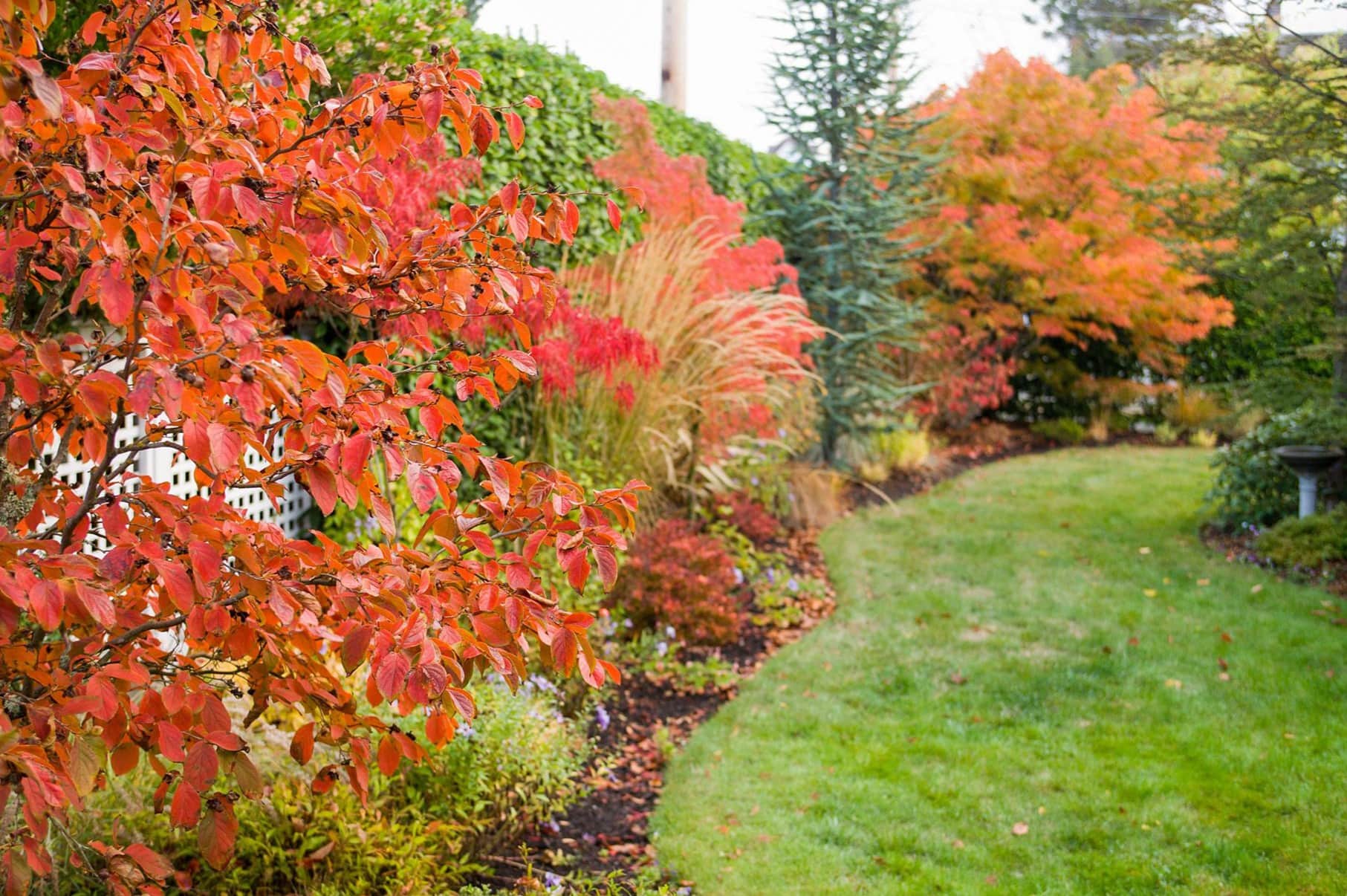
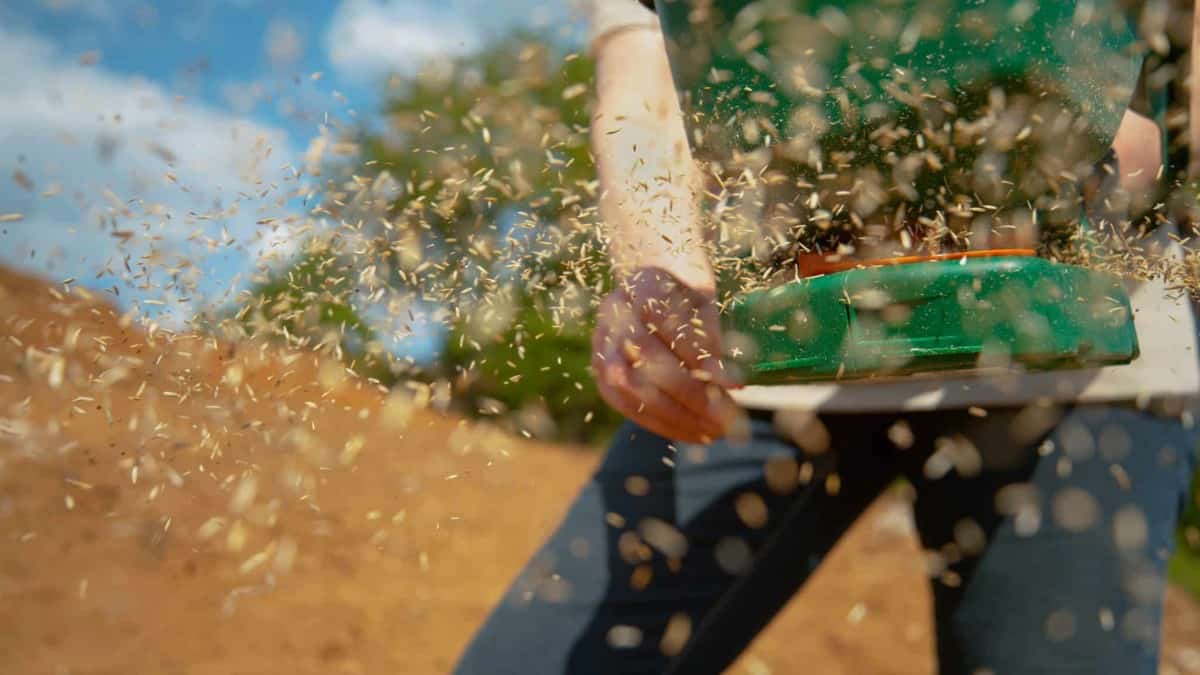
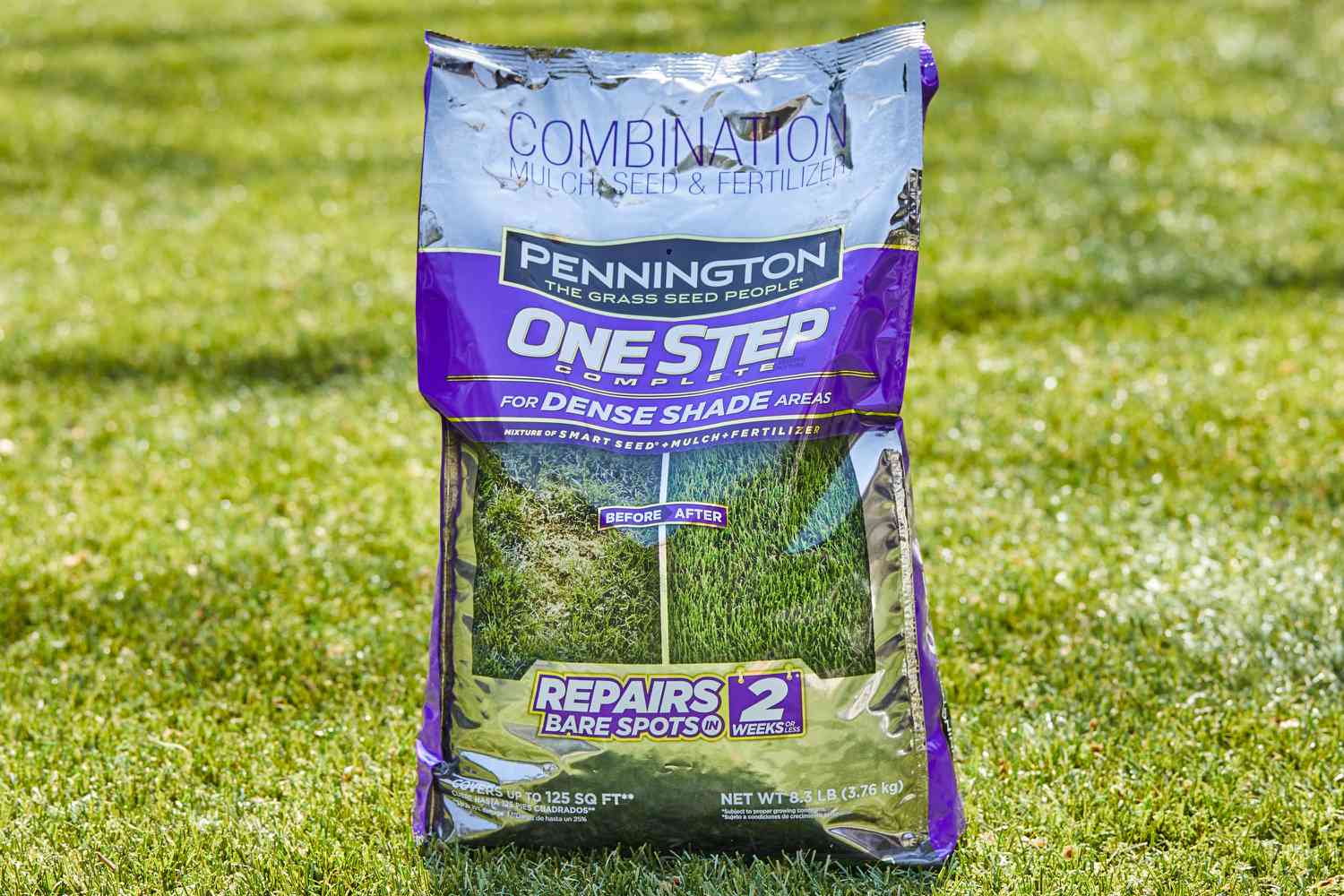
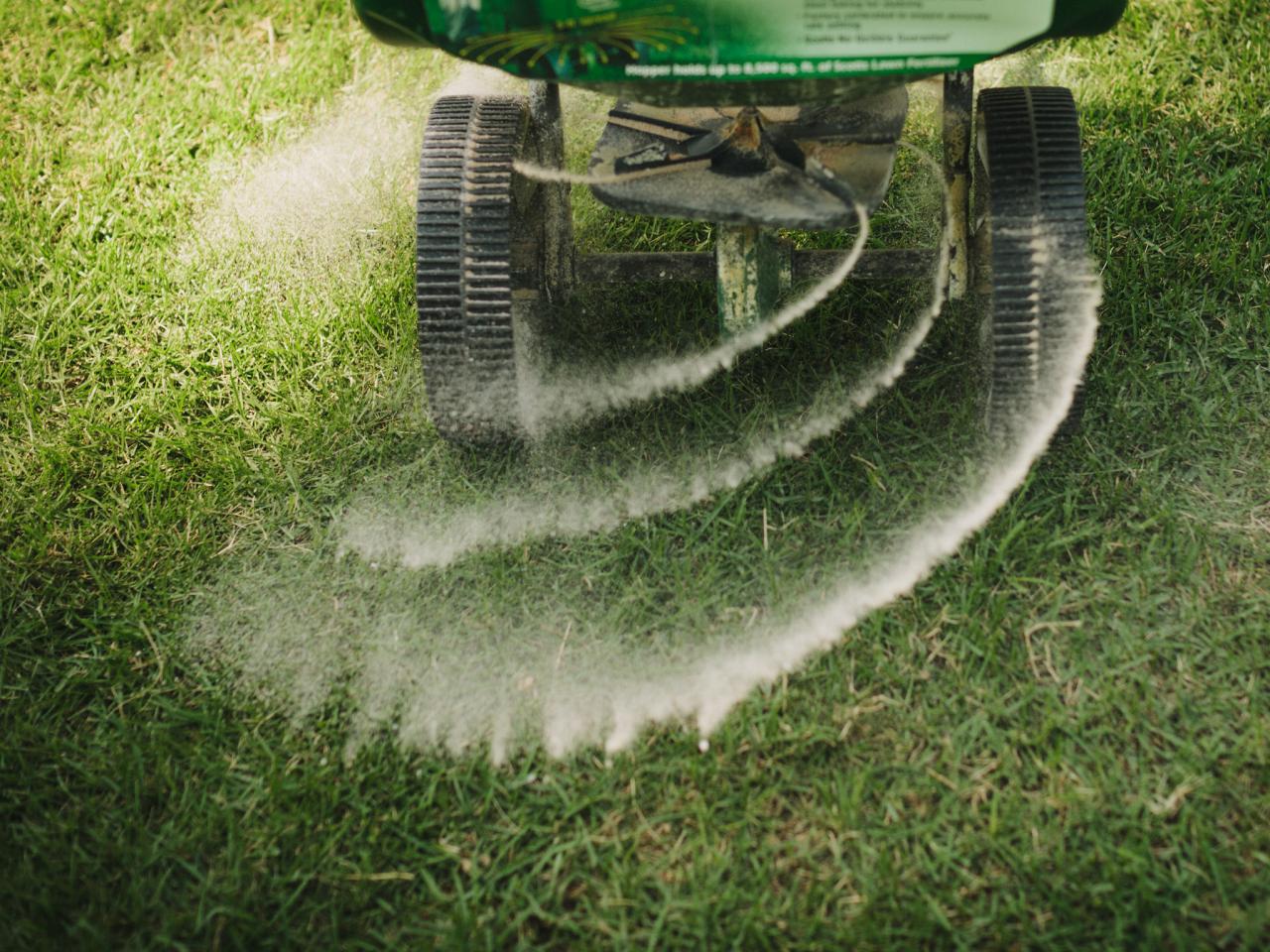
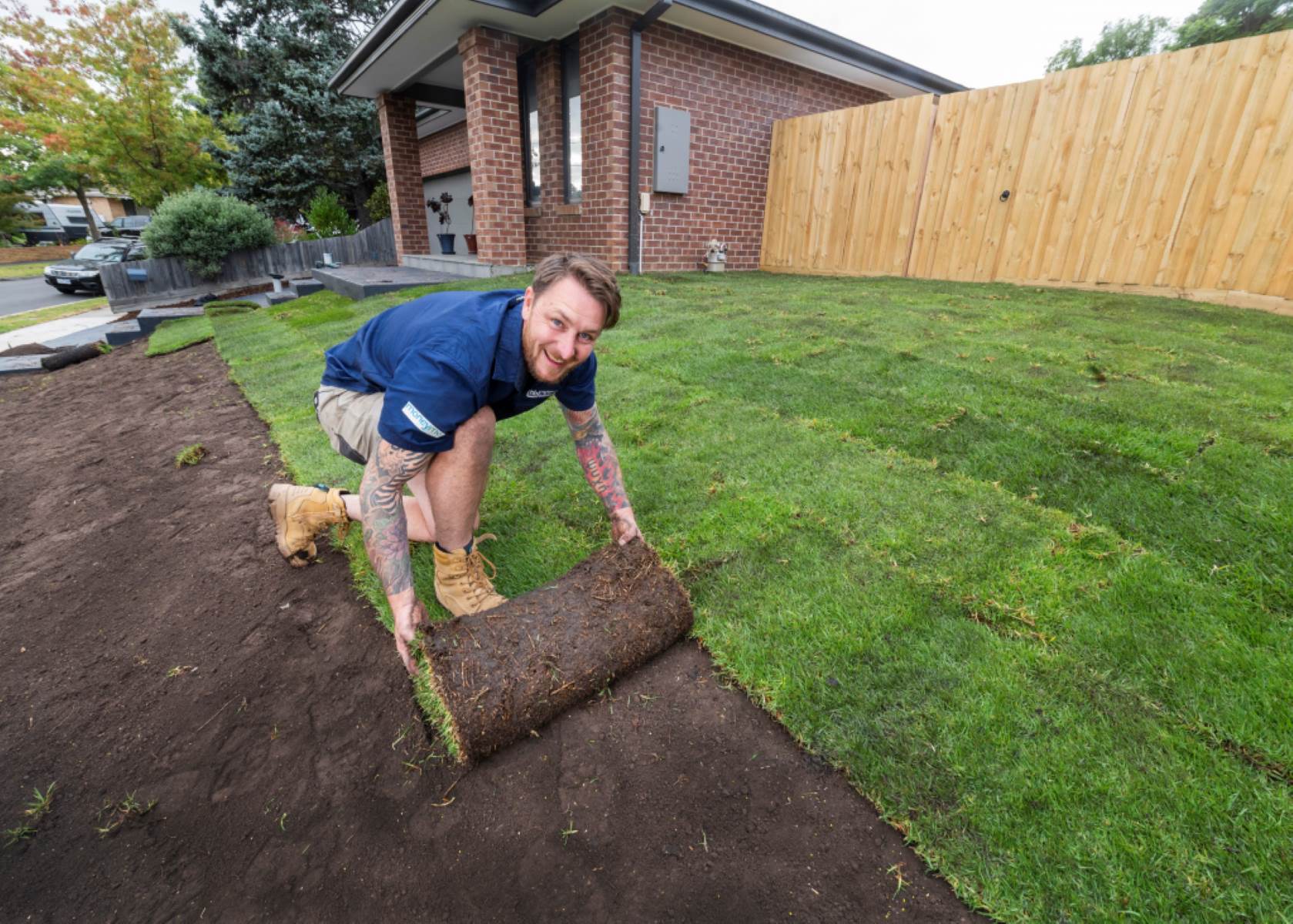
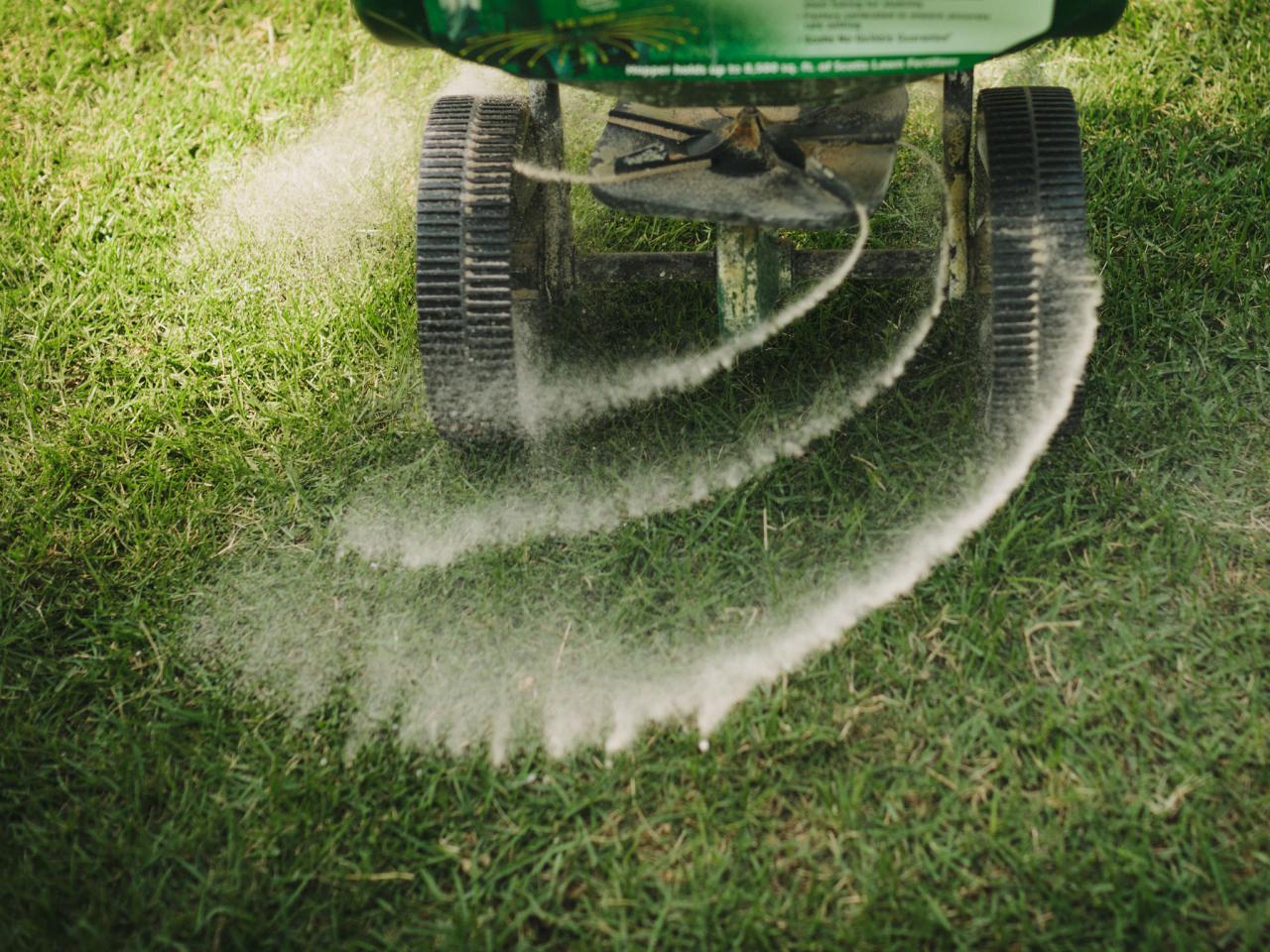

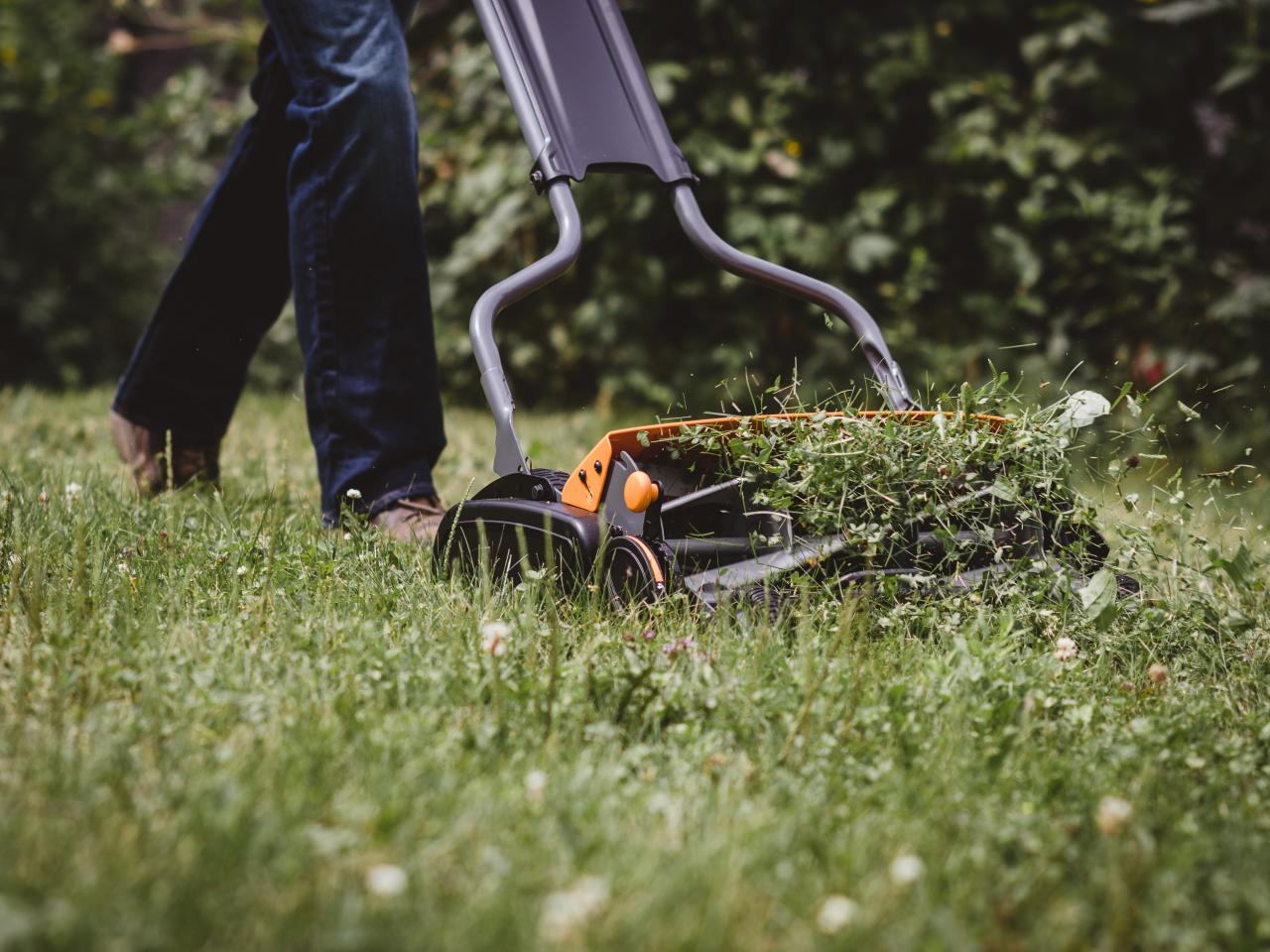
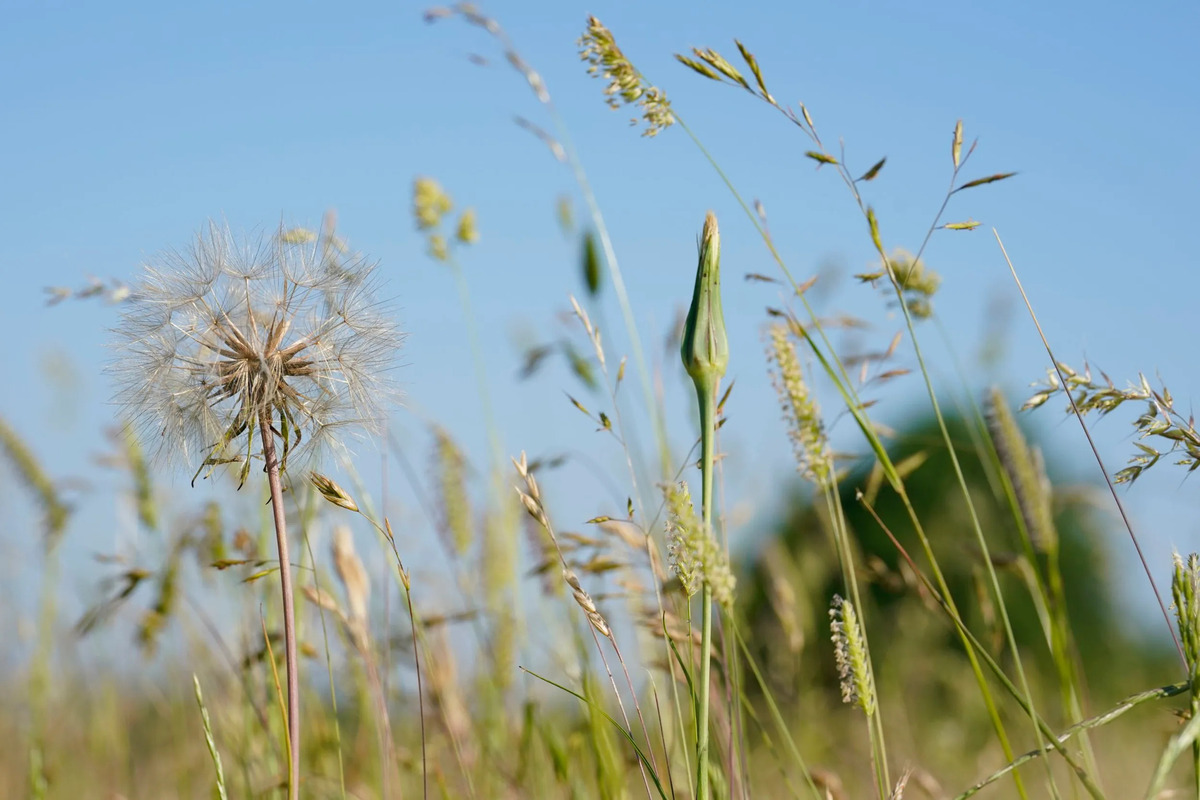

0 thoughts on “When Should A Late Fall Fertilizer Application Be Made To Cool Season Turf Grass”